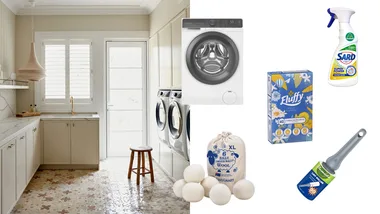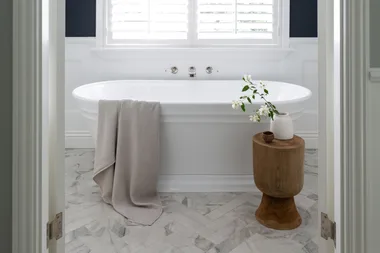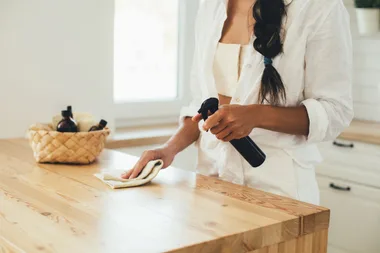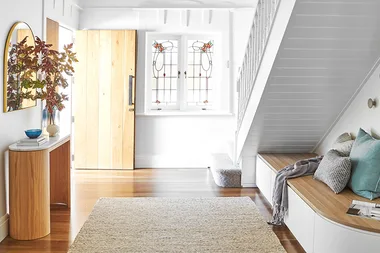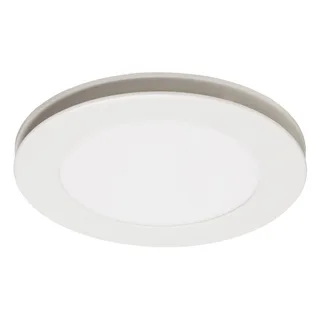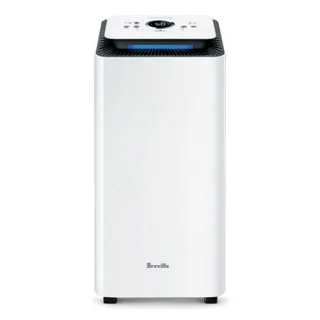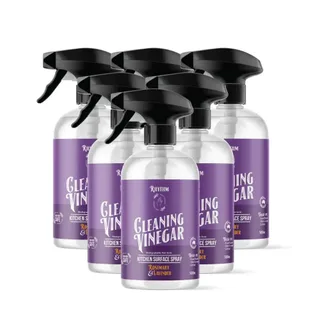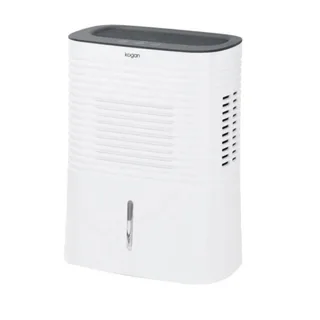There’s no getting around it, mould is ugly. And while telltale black stains in the bathroom, or powdery mildew growing on clothes stored in a damp cupboard, clearly indicate a problem, other, stealthier signs of mould could be going under the radar in your home.
First thing’s first though, if you’ve already spotted mould in your house, it’s time to get serious, says Dee Carter, Professor in Microbiology at the University of Sydney. “I consider any visible mould to be potentially hazardous because it can grow quickly and disseminate spores,” she says. These invisible spores can transfer the mould problem to other areas of the house, and can even have a negative impact on your health.
Colin Jones, Category Expert at Appliances Online says just because you can’t see mould, doesn’t mean it isn’t there. “Not only is some mould not visible, you may not know where the mould is growing if it is up high or in hidden places,” he says.
Here are five subtle signs of mould to look out for in your home.
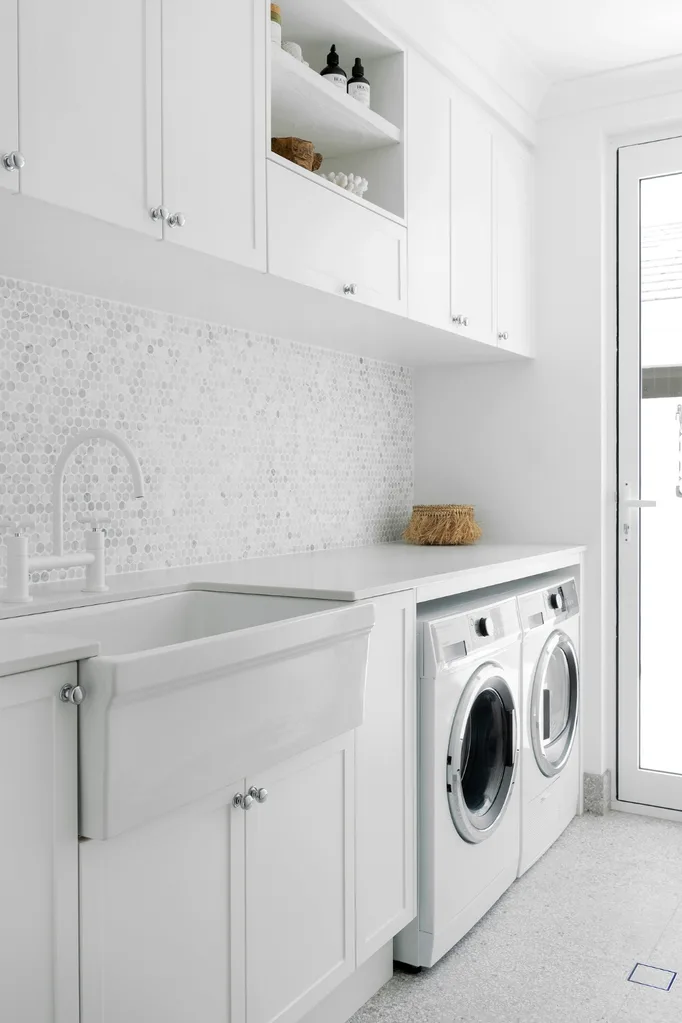
1. Smell
When it comes to hidden mould, trust your nose. “The distinctive smell will tell you it is there,” says Dee. “If you can smell mould it also likely means it is there at a significant level and could be releasing spores.”
While scent is an important sign of mould, Dee says some people are more sensitive to the smell than others, which is why you might be able to detect the musty odour, but your landlord can’t!
2. Respiratory irritation
Mould releases invisible spores into the air, which can trigger allergies and asthma. According to Asthma Australia, people who are sensitive to mould may experience respiratory symptoms including a stuffy nose, irritated eyes, wheezing and even trouble breathing.
But who is most at risk? “People who have weakened immune systems due to old age or immunosuppressive therapies should be especially careful around moulds as some can cause serious infections,” says Dee.
Until you can address the source of the mould problem, Dee says devices such as air purifiers can be helpful. “These will purify the air but they won’t get rid of the underlying mould problem,” says Dee. “They are a treatment but not a cure.”
Mould-busting essentials
3. Water stains
You only have to watch a few episodes of the popular HGTV renovating series ‘Flip or Flop’ to know that mould could be lurking behind the walls of a poorly waterproofed bathroom, or hidden in a ceiling cavity where water has been leaking undetected for some time.
If you can see water stains on the walls, it could suggest that moisture is building up, creating an ideal habitat for mould to grow.
Daniel Clark, head of commercial at Chromagen urges property owners to check their hot water systems for leaks regularly. “Hot water systems are usually out of sight. They either sit outside, under the house, in the house in a cupboard or in the roof,” he says.
“Leaking water can create structural issues if it is seeping into wood, walls or the foundations of a property. It can also cause the growth of mould which can spread throughout the property and find its way into areas where people live through vents and cracks in floor and wall joins.”
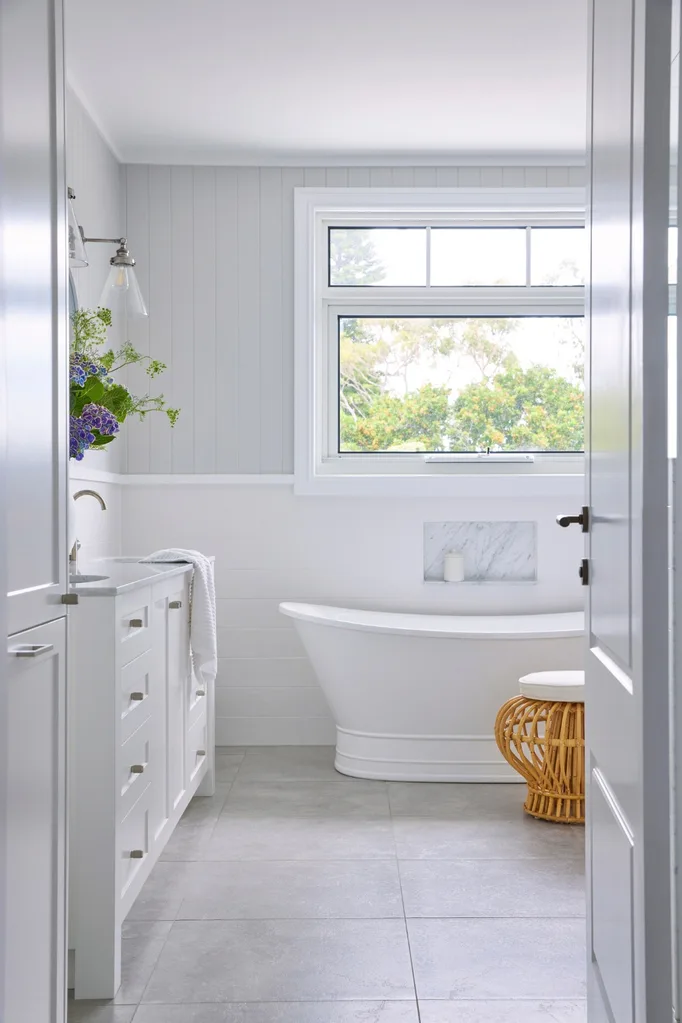
4. Sad indoor plants
Indoor plants with yellow, spotted leaves, droopy stunted growth, or a powdery substance on the stems, could indicate a mould problem.
“Plants harbour moisture,” says Colin. To ensure your plants purify the air, rather than becoming the source of indoor air pollution, Colin says to go easy when watering your plants. “Try to avoid overwatering or overcrowding indoor areas with plants,” he says.
Preventing mould growth on indoor plants:
- Water plants according to their needs (if you’re not sure about how often to water your plants, consider investing in a soil moisture sensor)
- Ensure plants are placed in a well-ventilated room with adequate sunlight
- Empty plant drainage trays frequently
- Clean plant leaves frequently using Neem Oil spray
- If you notice mould on the leaves of plants, prune off any leaves or branches that are affected and dispose of carefully
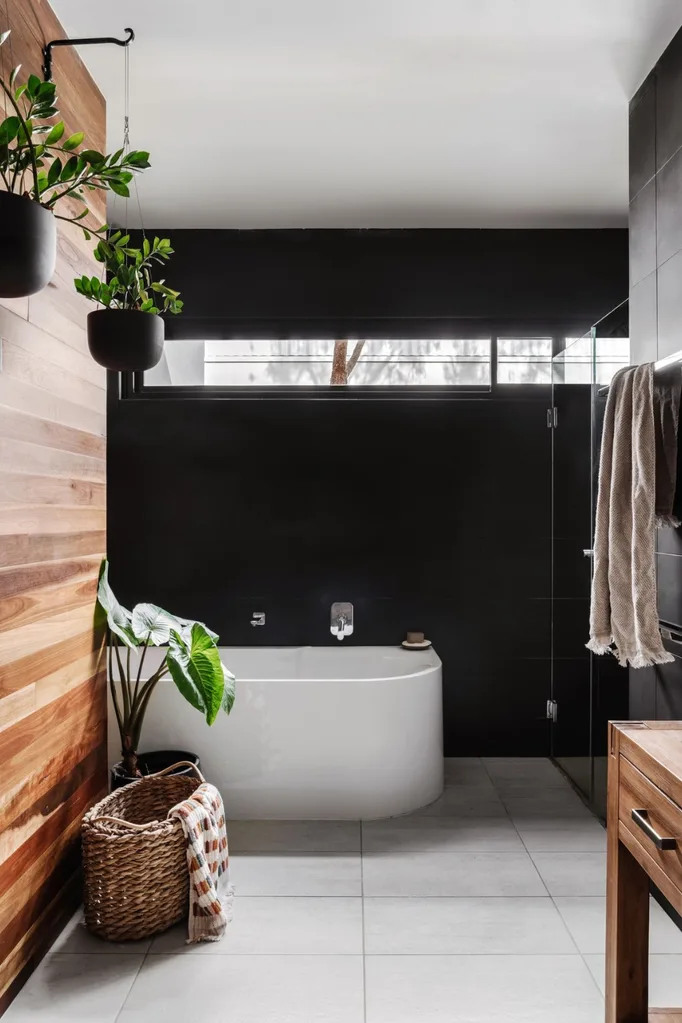
5. Skin irritation
Mould can also irritate the skin. Those with a mould allergy may notice general skin irritation symptoms including dryness, redness and itching.
Paying attention to the way your skin feels could also help you detect high humidity levels indoors. If you notice that your skin feels clammy and sticky, it could mean there is a lot of moisture in the air.
Dee says that while indoor humidity can cause mould growth, this usually only occurs as a result of extreme weather. Uncharacteristic mould growth was a common experience for many Sydneysiders in 2021 as a result of heavy rainfall. “Most of the time the humidity isn’t bad enough to cause this mould growth,” says Dee.
If you are dealing with a high level of indoor humidity, Colin says investing in a portable dehumidifier can be an effective solution. “They remove excess moisture from the air to help prevent mould, mildew, dust mites and allergens from becoming prevalent in your home.”
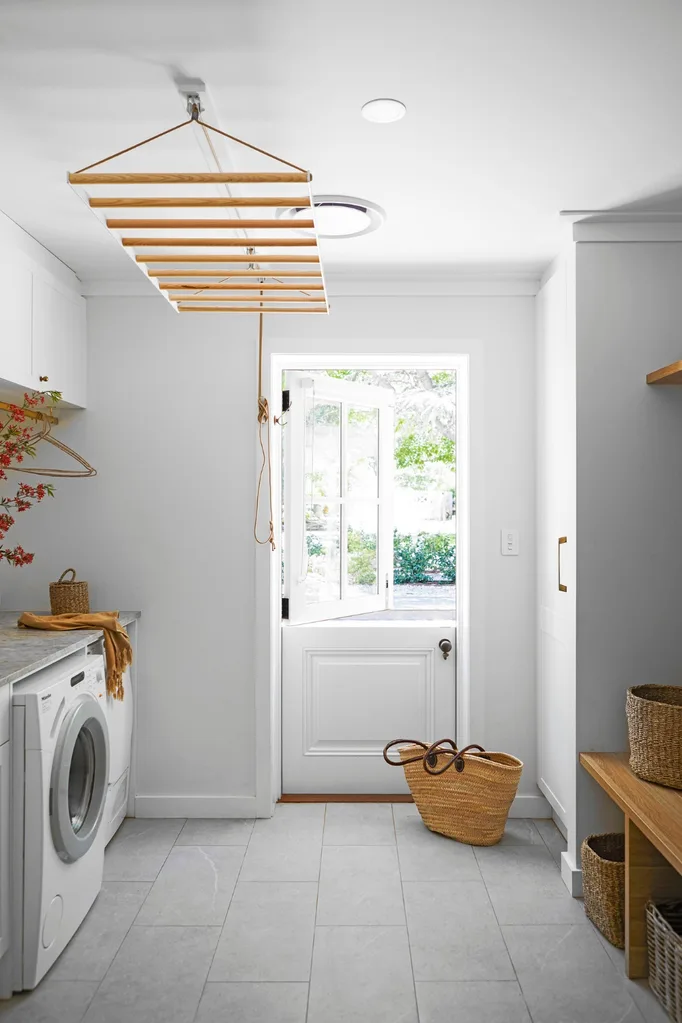
How to deal with household mould
1. Clean and dry
To clean small areas of surface mould, create a natural mould killing solution with white vinegar (80%) with water (20%). Spray onto the affected surface and wipe clean.
Preventing mould is always the best option. Here’s how to ensure mould stays away from your:
- Bathroom: Dry down the shower after each use and keep wet areas well ventilated. Wash bath towels regularly in hot water.
- Laundry: Keep the laundry room well ventilated and wash any soiled clothing and towels promptly.
- Wardrbobe: Ensure clothing is completely dry before storing it away in the wardrobe. Regularly air your wardrobe out by opening up the doors, and invest in reusable wardrobe moisture absorbers.
Larger mould problems may require expert removal. Bleach may be used to tackle mould stains left behind after cleaning, but it isn’t an effective product for killing or treating mould.

2. Identify sources of moisture
Whether it’s a water leak, rising damp or a faulty hot water system, identifying the source of the moisture and fixing the problem at the source is key.
3. Ventilate, dehumidify and purify the air
Open up the windows, install an extractor fan and invest in an air-purifier. Dehumidifiers are excellent at preventing mould growth stemming from high levels of indoor humidity.
4. Notify your landlord
Renters have a responsibility to notify their landlord or real estate agent as soon as they see mould. Mould that is impacting your health is considered an urgent repair.
5. Check your appliances
- Air-conditioner – Mould can build up in air conditioning units. Read the user manual for specific instructions on keeping the filters and vents clean.
- Clothes dryers – Clothes dryers can cause high humidity levels in an enclosed laundry. Operate them with the laundry room windows and doors open, if possible, and ensure they are vented correctly.
- Washing machine – Front loader washing machines are more susceptible to mould growth. Clean the machine’s drum often by running an empty cycle on the hottest setting and leaving the door and soap dispenser open between washes. Wipe down doors and seals regularly.

